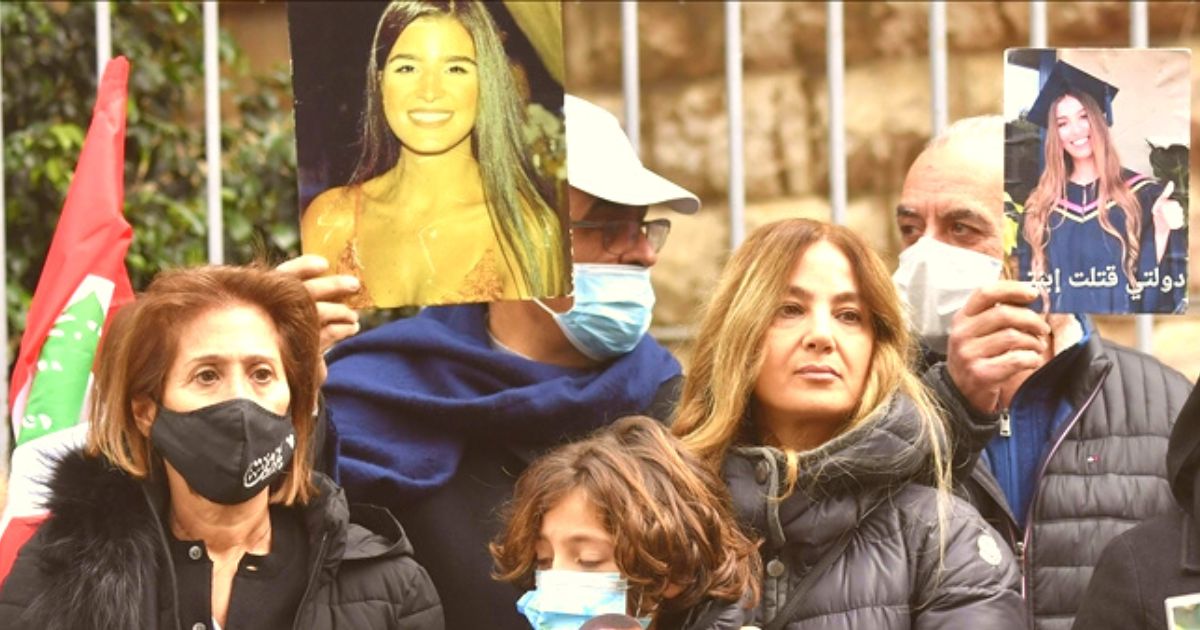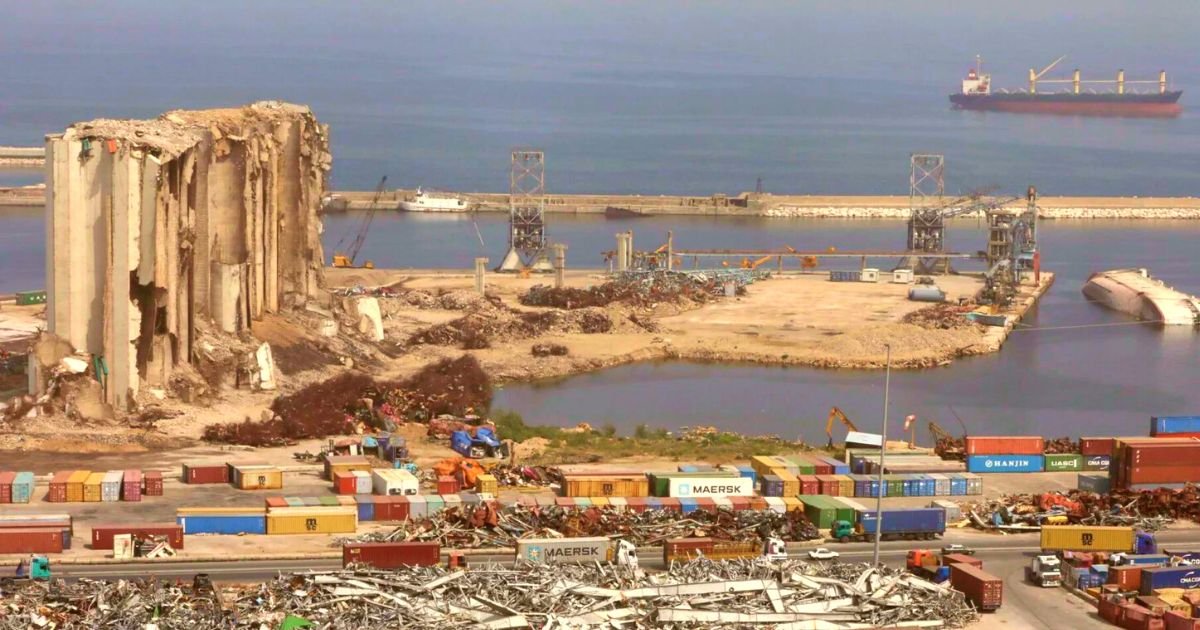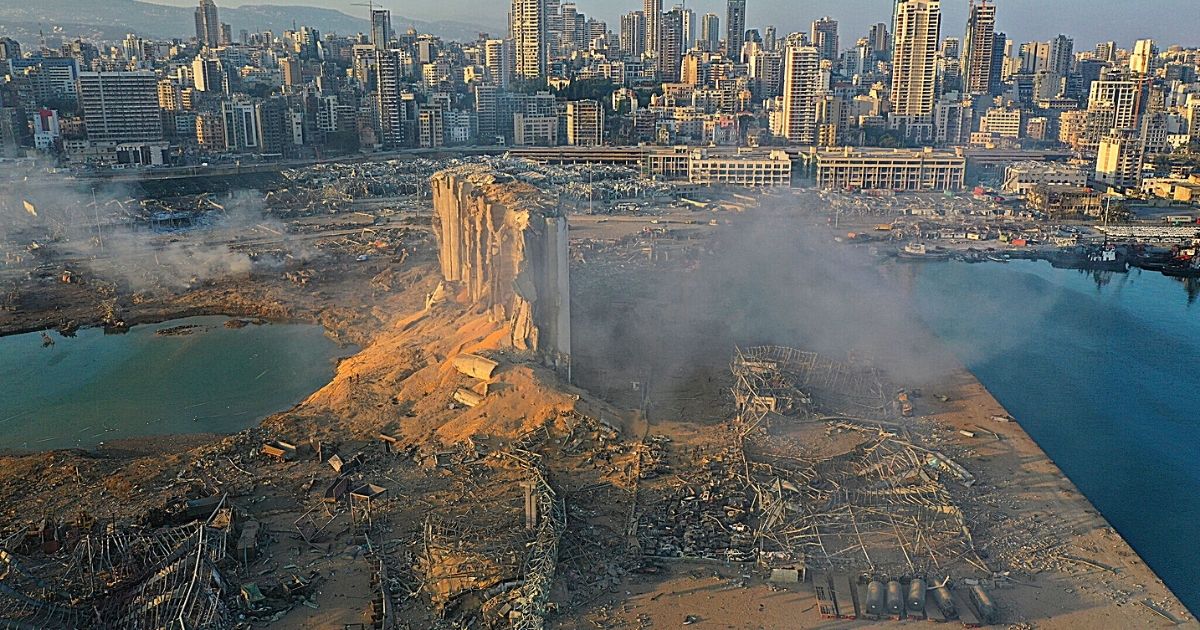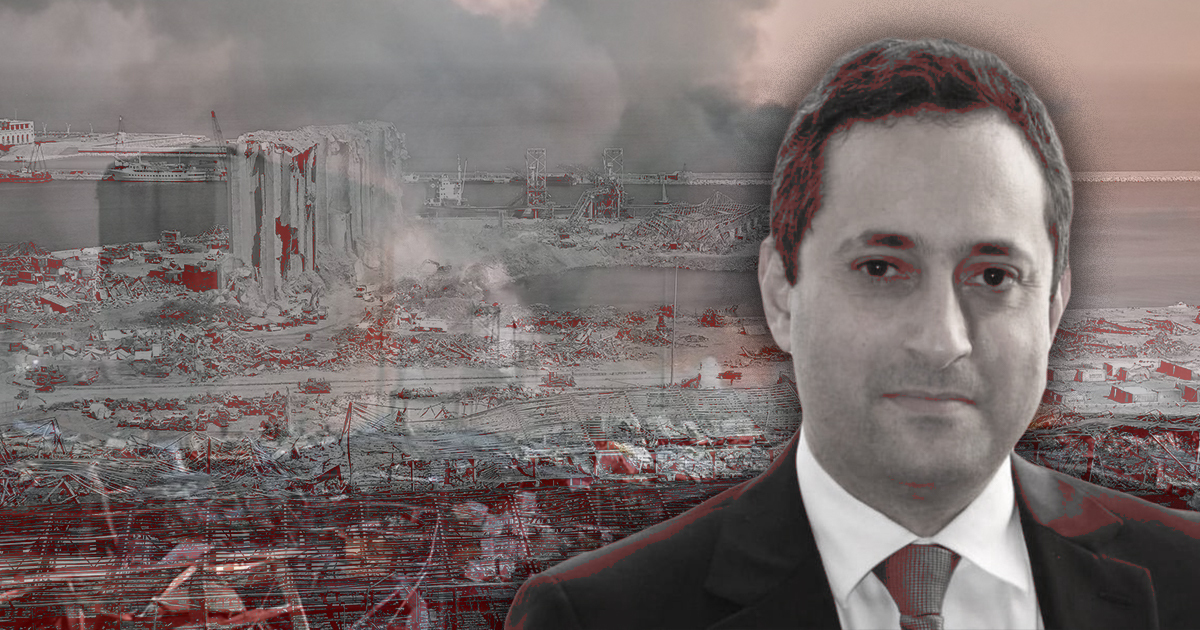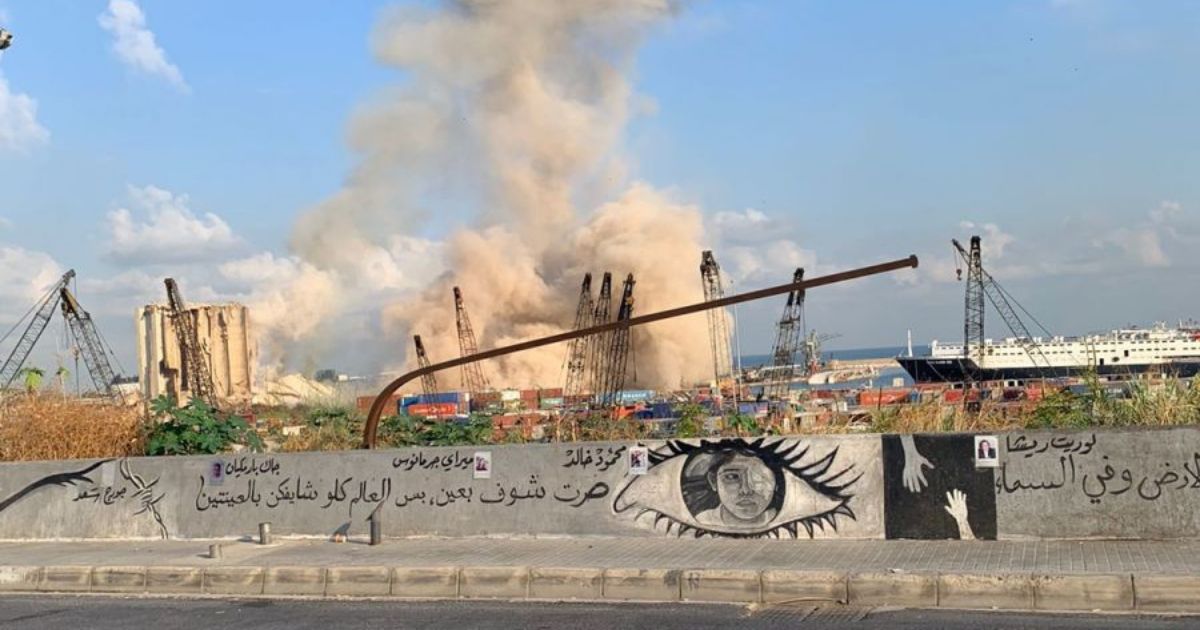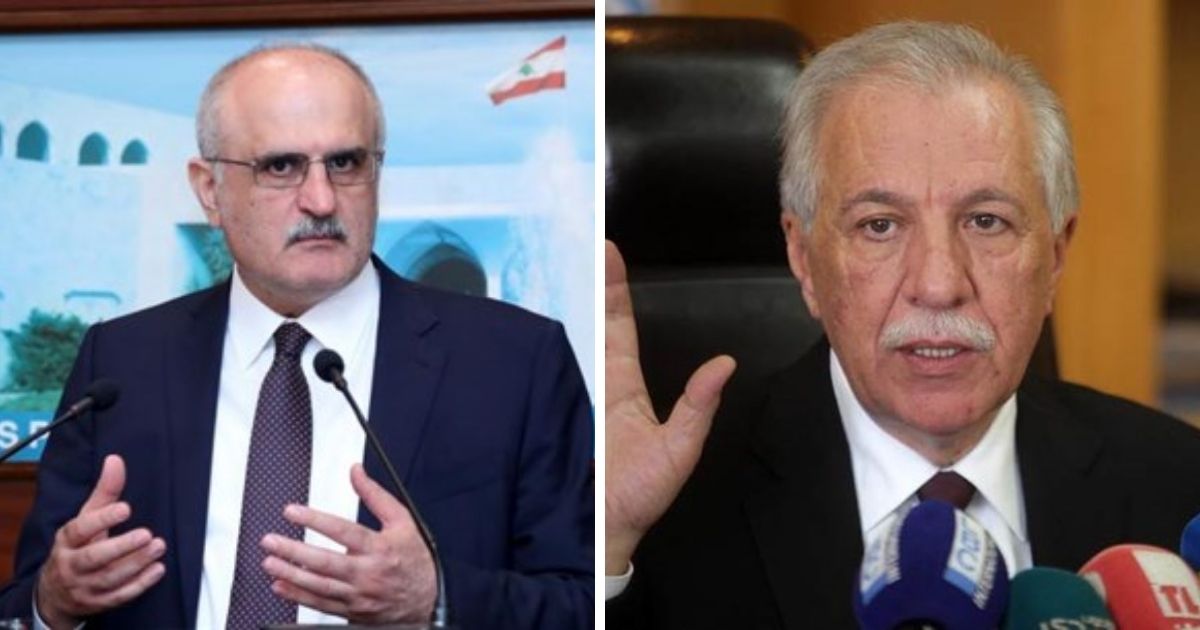Since the Beirut explosion took place last year, there have been multiple artistic initiatives that have made good use of the debris that resulted from the blast.
The latest addition to these initiatives is a “giant” sculpture erected at the Port of Beirut. Unlike previous endeavors, however, this one has people debating whether it should stay up.
Named “The Gesture,” this 25-meter-tall sculpture is the creation of Lebanese artist Nadim Karam, in memory of the victims of the August 4 explosion.
The Gesture was erected two days ago with the help of a crane, in preparation for its inauguration on Wednesday, the first anniversary of the Beirut explosion.
But, while the project has been praised and supported for its message, not everyone is excited about it.
In fact, many people have been bashing the artist for The Gesture, partly for its appearance but also for the claim that certain politicians were allegedly involved in the project and might be present during its inauguration.
“You know, after the explosion, it became difficult to enter the port, but the security and political apparatus made it easier for me,” a tweet by architect and AUB-LAU faculty member Leyla El Sayed Hussein quoted Karam as saying during a virtual meeting with architects.
“We will inaugurate this giant in memory of the victims of the explosion, possibly in the presence of important political figures,” the tweet quoted Karam as saying during the meeting.
These remarks have since been circulating on social media, sparking outrage and driving criticism in Karam’s direction.
In response, the artist has denied this claim and stressed on his social media accounts that “no politicians, no governmental institutions,” have been involved, “in any way,” in the project.
According to him, The Gesture is “a grass roots project. It has been put together over many months by a community of professionals who all worked Pro-Bono.”




